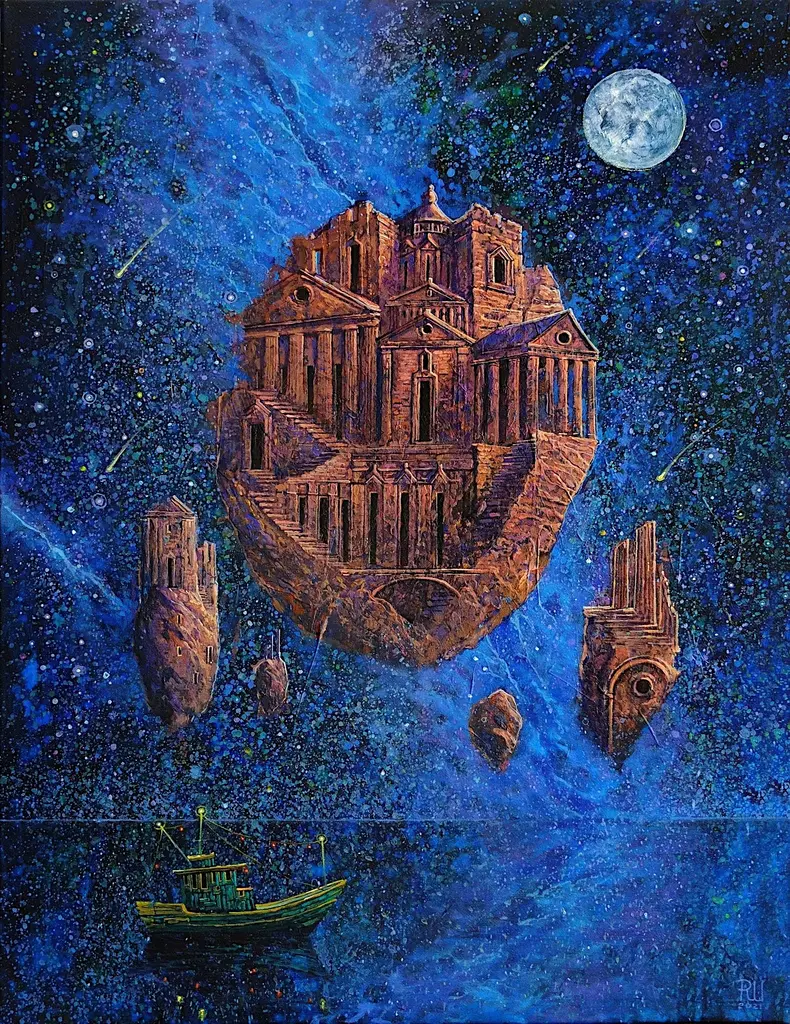


Abstract art is defined as art in which we do not observe anything that occurs in reality. Unlike in figurative art, in abstraction we will not encounter forms that resemble people, animals or objects. Abstractionism is an arrangement of lines, shapes, spots and colors, which creates a separate world.
The term "abstraction" comes from the Latin abstractio, meaning "detachment." It refers to a departure from the painterly tradition of mimesis – the imitation of reality. In abstract art it is not the objects found in reality that make up the representation of the work's subject, but various means of expression, such as color, difference of elements (in color or size), intensity of light in relation to shadow, or rhythm. All of it may refer to the world we know or to concepts occurring in it, but it takes on a new form that does not visually resemble the real thing.
Although abstraction is one of the earliest ways in history of human artistic expression, abstractionism as a new trend in painting did not emerge until the late 19th century. Artists, inspired by the advancing technological and scientific revolution, sought new means of expression to reflect these changes in art. Breaking with tradition, abstractionists leaned towards complete creative freedom, often based on deep philosophical considerations.
The artist who is recognized in the history of art as the first who consciously created an abstract work is Wassily Kandynsky, and the referred object is "Abstract Watercolor" from 1910. The first female creator of abstraction, in turn, is recognized Swedish artist Hilma af Klint, who painted pictures full of organic figures, spirals and geometric shapes as early as 4 years before the Russian master.